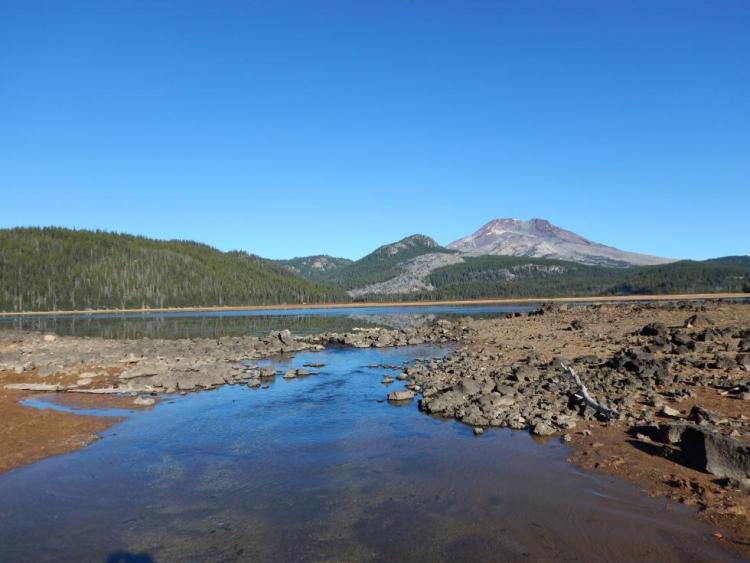
Directly adjacent to the Upper Deschutes River COA.
COA ID: 116
Ecoregions
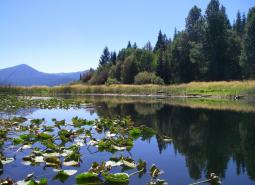
East Cascades
The East Cascade ecoregion extends from the Cascade Mountains’ summit east to the warmer, drier high desert and down the length of the state. This ecoregion varies dramatically from its cool, moist border with the West Cascades ecoregion to its dry eastern border, where it meets sagebrush desert landscapes.
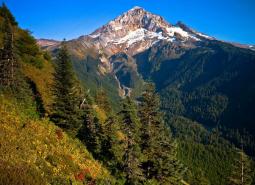
West Cascades
The West Cascades ecoregion extends from east of the Cascade Mountains summit to the foothills of the Willamette, Umpqua, and Rogue Valleys, and spans the entire length of the state of Oregon. It is largely dominated by conifer forests, moving into alpine parklands and dwarf shrubs at higher elevations.
Strategy Habitats
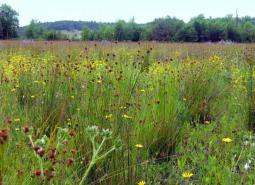
Grasslands
Grasslands include a variety of upland grass-dominated habitats, such as upland prairies, coastal bluffs, and montane grasslands.
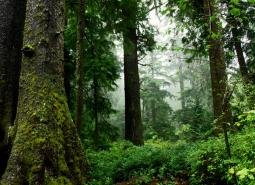
Late Successional Mixed Conifer Forests
Late successional mixed conifer forests provide a multi-layered tree canopy, including large-diameter trees, shade-tolerant tree species in the understory, and a high volume of dead wood, such as snags and logs.
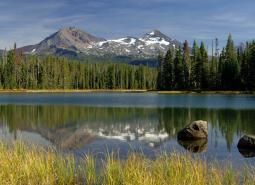
Natural Lakes
Natural lakes are relatively large bodies of freshwater surrounded by land. For the purposes of the Conservation Strategy, natural lakes are defined as standing water bodies larger than 20 acres, including some seasonal lakes.
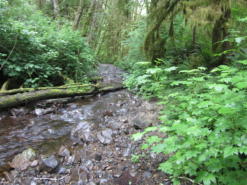
Flowing Water and Riparian Habitats
Flowing Water and Riparian Habitats include all naturally occurring flowing freshwater streams and rivers throughout Oregon as well as the adjacent riparian habitat.
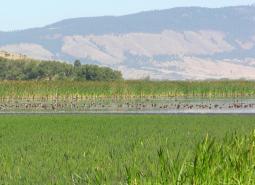
Wetlands
Wetlands are covered with water during all or part of the year. Permanently wet habitats include backwater sloughs, oxbow lakes, and marshes, while seasonally wet habitats include seasonal ponds, vernal pools, and wet prairies.
Strategy Species
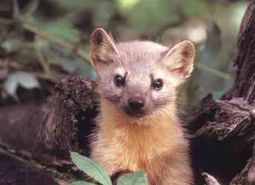
Pacific Marten (Observed)
Martes caurina
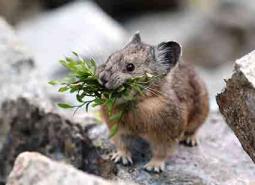
American Pika (Observed)
Ochotona princeps
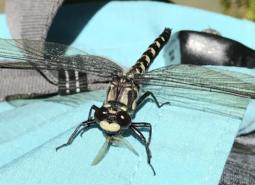
Black Petaltail (Observed)
Tanypteryx hageni
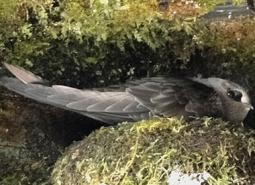
Black Swift (Observed)
Cypseloides niger borealis
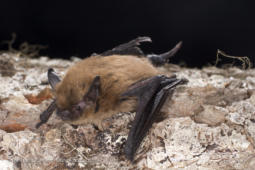
California Myotis (Modeled Habitat)
Myotis californicus
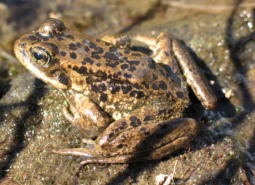
Cascades Frog (Observed)
Rana cascadae
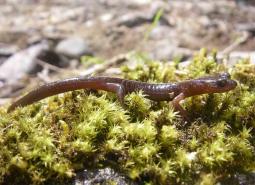
Clouded Salamander (Modeled Habitat)
Aneides ferreus
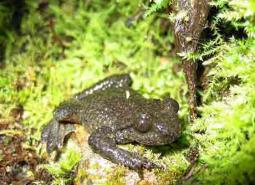
Coastal Tailed Frog (Observed)
Ascaphus truei
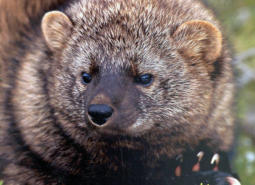
Fisher (Observed)
Pekania pennanti
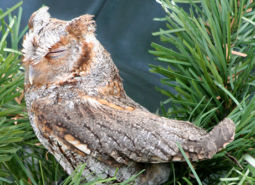
Flammulated Owl (Observed)
Psiloscops flammeolus
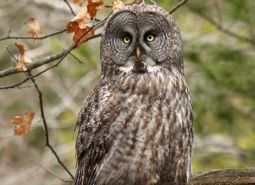
Great Gray Owl (Modeled Habitat)
Strix nebulosa
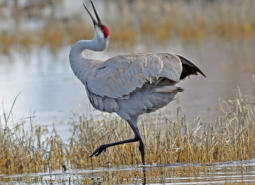
Greater Sandhill Crane (Observed)
Antigone canadensis tabida
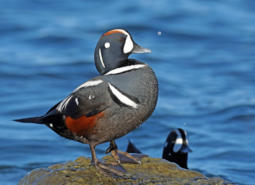
Harlequin Duck (Modeled Habitat)
Histrionicus histrionicus
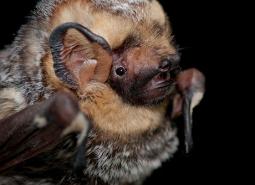
Hoary Bat (Modeled Habitat)
Lasiurus cinereus
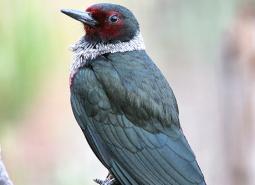
Lewis’s Woodpecker (Observed)
Melanerpes lewis
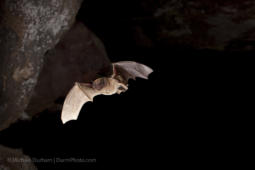
Long-legged Myotis (Observed)
Myotis volans
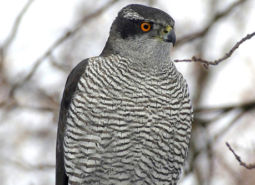
Northern Goshawk (Observed)
Accipiter gentilis atricapillus
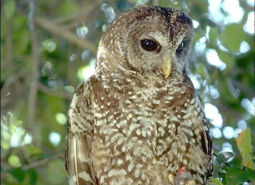
Northern Spotted Owl (Observed)
Strix occidentalis caurina
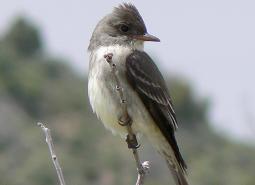
Olive-sided Flycatcher (Observed)
Contopus cooperi
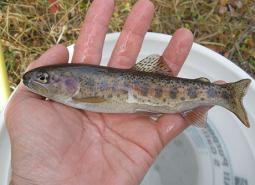
Great Basin Redband Trout (Documented)
Oncorhynchus mykiss newberrii
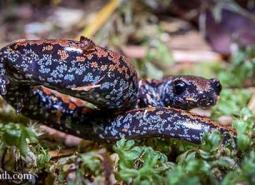
Oregon Slender Salamander (Modeled Habitat)
Batrachoseps wrighti
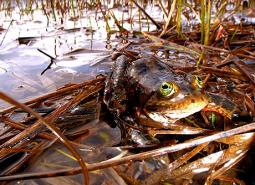
Oregon Spotted Frog (Observed)
Rana pretiosa
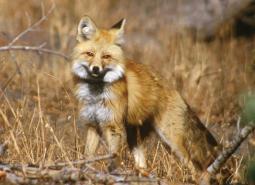
Sierra Nevada Red Fox (Observed)
Vulpes vulpes necator
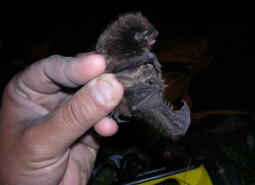
Silver-haired Bat (Modeled Habitat)
Lasionycteris noctivagans
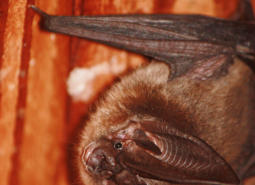
Townsend’s Big-eared Bat (Modeled Habitat)
Corynorhinus townsendii
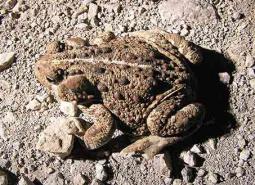
Western Toad (Observed)
Anaxyrus boreas
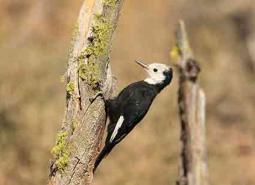
White-headed Woodpecker (Observed)
Picoides albolarvatus
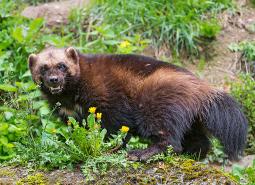
Wolverine (Observed)
Gulo gulo